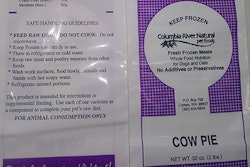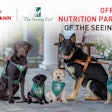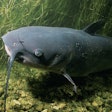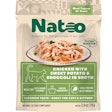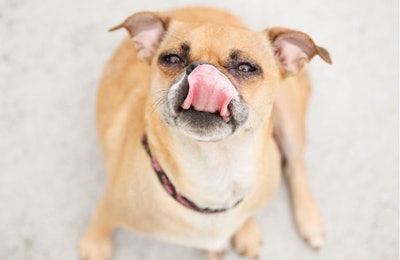
Pet food formulators have made great advances in weight-control pet foods, such as using functional ingredients including L-carnitine, to help obese dogs and cats improve their health. However, making obese dogs and cats feel satiated is the real breakthrough in therapeutic pet foods, Ernie Ward, DVM, founder of the Association for Pet Obesity and Prevention, told Petfood Industry.
“Satiety relates to how the owner perceives their dog or cat,” he said. “If they feel they are starving the dog or cat, they break the routine of portion control and diet maintenance. The dog or cat that begs is the one that gets the treat… So, if we can make the dog or cat feel fuller with less calories, that’s a win.”
How veterinarians can take advantage of therapeutic pet food
Therapeutic pet foods that satiate obese animals help address one of the great frustrations of Ward’s job. Although obesity-related problems make up the majority of cases that come through his office, he often has only one treatment to recommend.
“’Eat less and exercise more,’ that’s what we have to say over and over, and it takes an emotional toll on veterinarians,” he said. “That doesn’t work for humans, much less pets… It’s incredibly frustrating.”
Busy people don’t have time to take pets for as many walks as they need in the first place, so telling them to give their dog more exercise is a non-starter, he said. What’s more, pet owners may try to please their pets with treats when the human doesn’t have time to give the animals attention. This results in a negative feedback loop of less exercise and more demand for treats from the pets.
Trying to alter this behavior of pets and their owners can be difficult and stressful for both, and that’s where satiety can help. When a therapeutic diet makes a pet feel satiated, while providing fewer calories and maintaining established feeding routines, Ward no longer has to admonish owners to feed their pets less.
“The first and strongest recommendation is a therapeutic diet,” he said. “Therautic diets that we have today are incredible.”
Ward believes veterinary medicine soon will enter a golden age of obesity awareness and treatment. Pet foods that make animals feel full with fewer calories will play an important role in that veterinary health revolution.
Formulation key to weight loss dog, cat food success
Formulation may play a significant role in deciding if an overweight pet feels full after eating weight-loss dog or cat food, veterinary scientist Alex Wilson, PhD, of the University of Liverpool, told Petfood Industry in 2017. Manufacturers can adjust the formulation of weight-loss pet foods using Wilson’s research results.
The journal BMC Veterinary Research published the study “Comparison of voluntary food intake and palatability of commercial weight loss diets in healthy dogs and cats.”
“I think the main take-home message from the study is that a diet based on high fiber and high protein seems to have the best effect in limiting voluntary food intake in dogs and cats,” said Wilson. “It is common for obese dogs and cats to become hungry during a weight loss regime, and this typically leads to increased ‘food-seeking’ behavior. This can be problematic for owners because they find it difficult to avoid giving extra treats and table scraps, and this can then derail the whole process.”
Weight-loss pet food study design
Wilson’s team compared two commercial weight-loss dog foods and two weight-control cat foods, all of which varied in protein, fat, fiber and energy content. The first dog food, Royal Canin Satiety Weight Management Canine, was higher in protein and fiber than the second, Hill’s Prescription Diet Canine Metabolic Advanced Weight Solution. One portion of the research examined how much of the foods the animals ate, referred to as voluntary food intake, another portion looked at palatability of those weight-control pet foods.
Dogs ate significantly less of the Royal Canin diet, by energy level, but the weight of food eaten was similar. There was no difference in the palatability results between the two diets.
For cats, the difference in energy intake between the two diets was smaller, although the cats did consume less of the first diet. The weight eaten was also similar.






